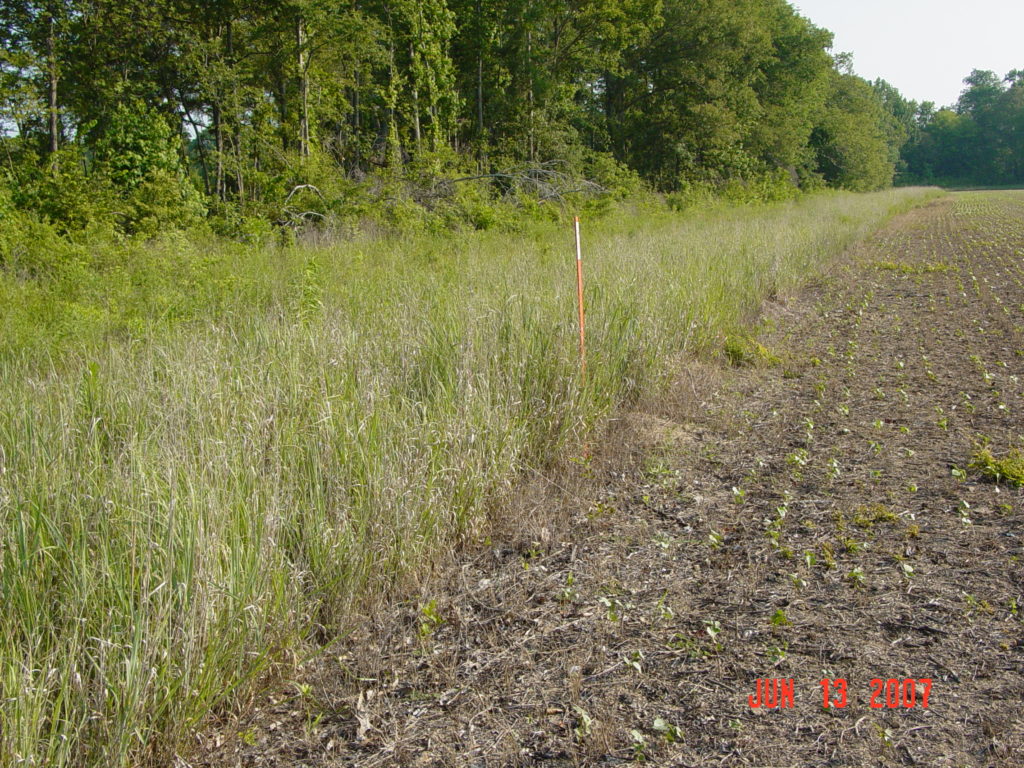
The quail hunting culture, along with the iconic call of the bobwhite itself, is fading from the heritage of rural America. Once as much an integral part of rural life as barbecue, barn-raisings, and bream fishing, the bobwhite experience in many states is becoming restricted to plantations and commercial preserves. For all the meritorious restoration successes of modern wildlife management, the once-ubiquitous bobwhite remains unfinished business.
Wildlife biologists know more about the biology, life history, habitat requirements, and management of the northern bobwhite quail than probably any other species in North America. Yet bobwhites, and the suite of wildlife that claims the same habitat, have been declining virtually range-wide for at least 40 years, approaching extirpation in some regions and states.
Clearly, knowledge alone is not enough. More effective action is imperative, if the fundamental problem of landscape-scale habitat degradation is to be addressed.


NBGI’s conservation priorities are these:
- Reconnecting agriculture with quail by influencing federal agricultural policy to be less harmful and more helpful for native grassland habitat conservation in agricultural and other rural landscapes;
- Reconnecting cattle with quail by promoting development of technologies for native grass-based beef production, accelerating the adoption of native forages, improving public policy for native grassland restoration, and sustaining quality western rangelands;
- Reconnecting forests with quail by reinvigorating aggressive, purposeful forest management on private and public lands to achieve landscape-scale restoration of native forest savannas, and by reestablishing prescribed fire as an accepted, widespread and frequently used management tool;
- Developing central information services—the Bobwhite Information Network—to help states and partners document, monitor, and publicize progress and successes, and build a stronger collective movement.
- Mobilizing key constituencies to support local, state and national efforts for bobwhite and native grasslands conservation;
- Connecting mine lands with quail by engaging and collaborating with the full range mine land interests to promote land restoration outcomes that benefit bobwhites and other grassland wildlife
Click here to view “A Comprehensive Guide to Creating/Improving/Maintaining Bobwhite Habitat”


